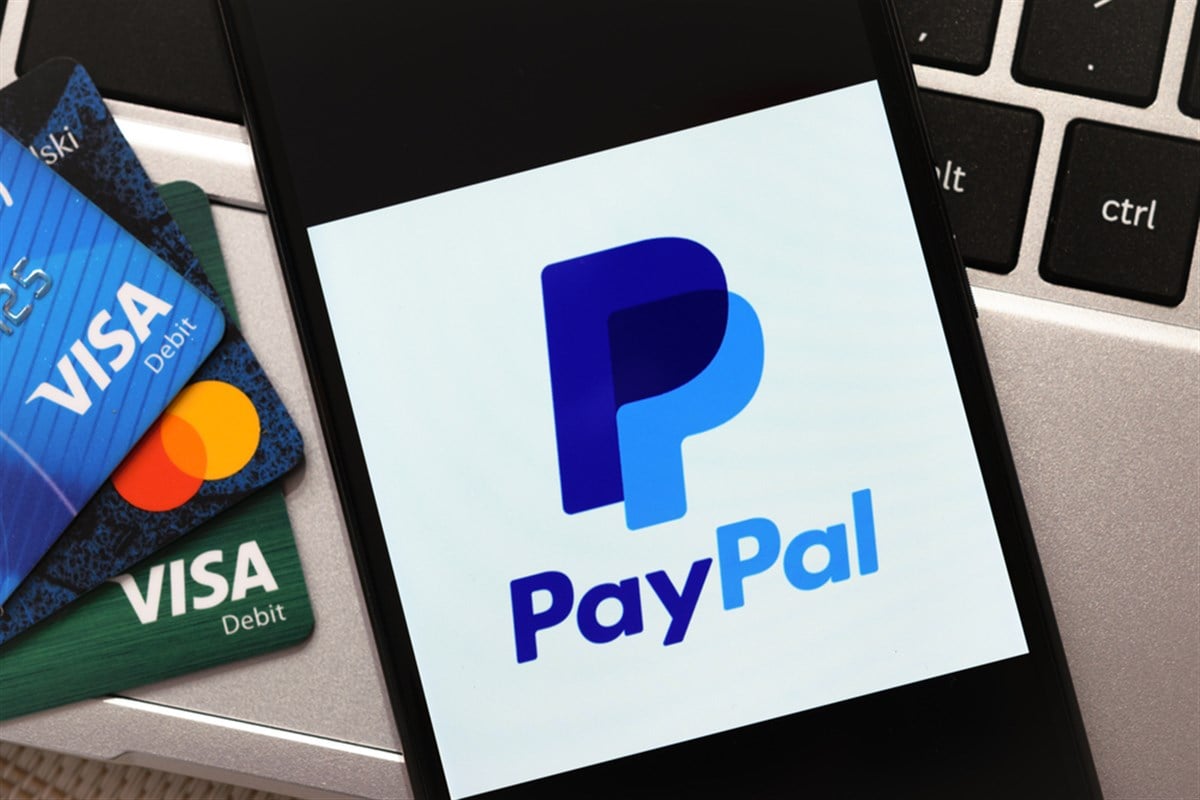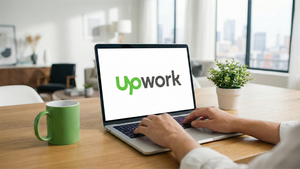
There aren’t many deals to consider for further value in the technology sector. However, one stock is looking to change that narrative by delivering on previous promises. Shares of PayPal Holdings Inc. (NASDAQ: PYPL) have recently made a new 52-week high, now trading near $80 a share for the first time since the first quarter of 2023. The issue becomes whether they can sustain this new price or even reach a higher valuation.
According to a few Wall Street analysts, PayPal may be able to do this in the coming quarters. The financial sector is one of the first to move when the economic landscape shifts, such as today, with the interest rate pivot coming from the Federal Reserve (the Fed) to help boost transaction volume and fees for stocks like PayPal. But then, there’s the subject of competition.
It’s true that PayPal doesn’t operate in a vacuum. It competes with behemoths in the space like Visa Inc. (NYSE: V) and Mastercard Inc. (NYSE: MA). Even in the smaller market bracket, PayPal must remain competitive and attractive relative to competitors like Block Inc. (NYSE: SQ). Investors could safely assume this may be the case moving forward with PayPal stock for reasons that will become clear in just a bit.
Price Action and Forecasts Position PayPal Stock Ahead
Investors can begin to get a feel for what the market feels about PayPal stock through price action. Compared to its closest competitor, Block, PayPal is trading at a new 52-week high now, while Block is trading down to roughly 77% of its 52-week high.
There must be a reason traders and markets are bidding higher for PayPal, which can be found in expectations and forecasts. Earnings per share (EPS) growth forecasts reflect PayPal's jump from $1.19 in profits today to $1.30 for the same quarter next year.
This 10% jump is significantly higher than Block's EPS forecasts for $0.50, down from today's $0.93, a nearly 50% contraction in comparison. Given that PayPal is a $74 billion company, investors cannot—and should not—compare its growth to that of Visa or Mastercard, which are closer to the half-trillion mark.
However, investors can compare upside potential. Those at Mizuho Financial decided to place a $90 price target on PayPal a couple of months ago, jumping the gun early given that nobody else followed the trend until now. Analysts from Deutsche Bank topped Mizuho's view with a $94 a share price target.
This implies that despite the current yearly high, PayPal has about 21.2% upside left to run higher. PayPal takes the lead compared to Block's recent $70 price target from New Street Research. When it comes to Visa and Mastercard, a respective 7.5% and 3% upside potential pales next to PayPal's growth.
The question is whether PayPal's financials and business have what it takes to deliver on these promises.
PayPal Proves Stronger Than Investors Previously Expected
Looking at PayPal’s latest quarterly earnings results, the trend toward a potential higher price becomes clearer. Starting with revenues, PayPal reported a net increase of 8%, along with a similar 8% expansion in transaction margins to boost further profitability down the line.
Regarding other drivers or key performance indicators (KPIs), PayPal didn’t disappoint either. Total payment volume rose 11% in the year to $416.8 billion, and transactions per active account also rose 11% in signal activity within the platform despite worries about the consumer and business economy.
Here’s why markets and bears have kept PayPal stock so low during the past few quarters. Net active accounts decreased by 0.4% to 429 million, which may have been enough to scare capital away from this company. Still, those savvy enough will focus on the other profit metrics on the rise.
All told, PayPal reported up to $1.4 billion in free cash flow (operating cash flow minus capital expenditures). Knowing that the best is just ahead for PayPal, management has committed up to 100% of the company’s free cash flow into a share buyback program.
This addition to the buyback program would put PayPal on pace to buy back up to $5 billion worth of stock, which is nearly 10% of the company’s market capitalization. When management approves such aggressive buybacks, it typically means they think the stock is cheap enough today and also expect to see higher prices ahead.
However, management isn’t the only one buying up PayPal stock; those at Legal & General Group decided to boost their holdings by as much as 3.3% as of August 2024, bringing their net position to $501.2 million today. This is only a fraction of the $4 billion of institutional capital called PayPal stock home over the past 12 months, a figure investors can safely assume will increase.





